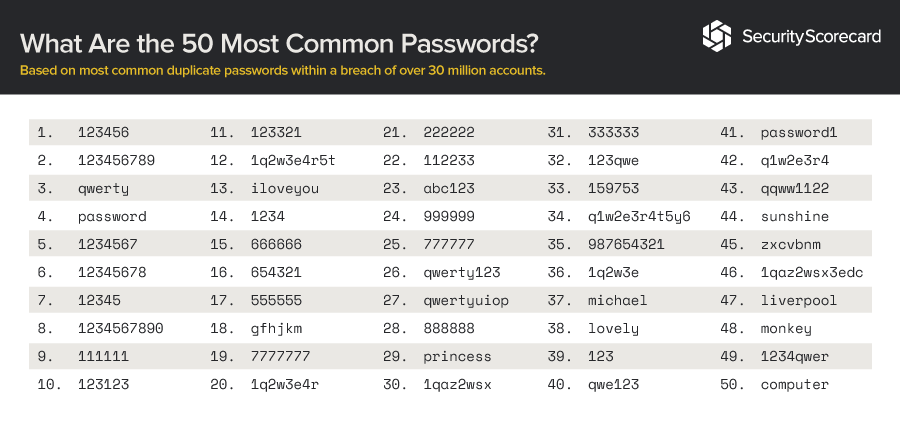How to Recognise Phishing Attacks
Phishing attacks is now probably the most common hacking scam. A phishing attack or scam is when the attack will send a fraudulent email to try and access personal information or money from vulnerable users. In 2018, 76% of businesses were victims to phishing scams and 30% of those emails were opened by users. Here are some tips on how to recognise phishing attacks and how to protect your business.
Personal Information
Phishing emails will look like normal, genuine emails as the hackers try to imitate an official email from a bank or a different business. One of the first things you’ll be able to recognise from a phishing email is they will ask for you to confirm personal details like your name, age and account number. If this was really your bank, they would already have this information, if you are still unsure always contact the bank or your IT company.
Domain Name
One of the most common tricks of a phishing scam will relate back to a misleading domain name. Most people aren’t familiar with domains so they wouldn’t know whether a URL is legitimate or not. A real URL would be info.examplebusiness.com, however phishing scammers will use examplebusiness.info.com, which is the wrong way round.
Threatening Messages
Scammers will try to make you panic by sending threatening messages which might say that your account has been closed and you need to verify your log in details to gain access to your account.
Different URLs
A phishing email’s URL will look genuine when it isn’t, to check hover the mouse over the URL and if this URL isn’t the same as what is in the email, then its fraudulent.
Poorly Written
Emails that are from genuine companies will be written professionally and checks for grammar and spelling errors. If the email you have received is written poorly then it is probably a phishing email.
Unbelievable Offer
A lot of phishing emails contains an irresistible offer that is too good to be true. One of the offers is usually that you have won a million pounds and to claim it you need to send your private details. Any email that asks you to send money towards fees, tax, expenses or to claim your money is a scam.














